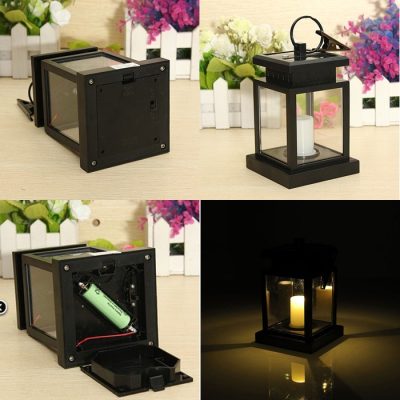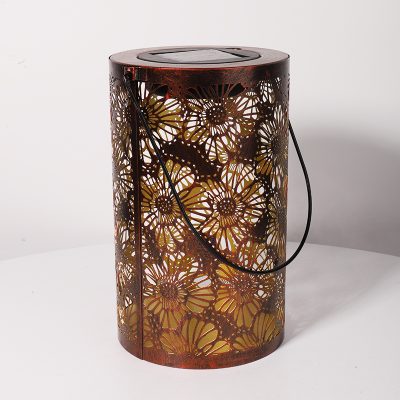The material of a typical incandescent light bulb includes several key components:
- Glass: The outer envelope of most incandescent bulbs is made of glass. This glass is designed to be transparent to allow light to pass through while protecting the filament and other internal components from damage and oxidation.
- Filament: The filament, which is the part of the bulb that actually produces light when it gets hot, is typically made of tungsten. Tungsten has a high melting point and is able to withstand the high temperatures generated when an electric current passes through it.
- Base: The base of the bulb is usually made of metal, such as aluminum or brass. This is where the electrical contacts are located, allowing the bulb to be screwed into a socket and connected to the electrical circuit.
- Gas: Incandescent bulbs contain a small amount of inert gas, typically argon, inside the glass envelope. This gas helps to prevent the filament from oxidizing and breaking down as it heats up.
- Support Wires and Lead-in Wires: These are typically made of nickel or other suitable materials. Support wires hold the filament in place within the bulb, and lead-in wires provide electrical connections to the filament.
- Screw Threads: The screw threads on the base of the bulb are used for attaching the bulb to a socket. They are usually made of metal.
It’s important to note that incandescent bulbs have become less common due to their inefficiency in converting electrical energy into light (they produce a lot of heat). Many countries have phased out or restricted the use of incandescent bulbs in favor of more energy-efficient lighting technologies such as LED (Light Emitting Diode) bulbs, which use entirely different materials and principles to produce light.
























